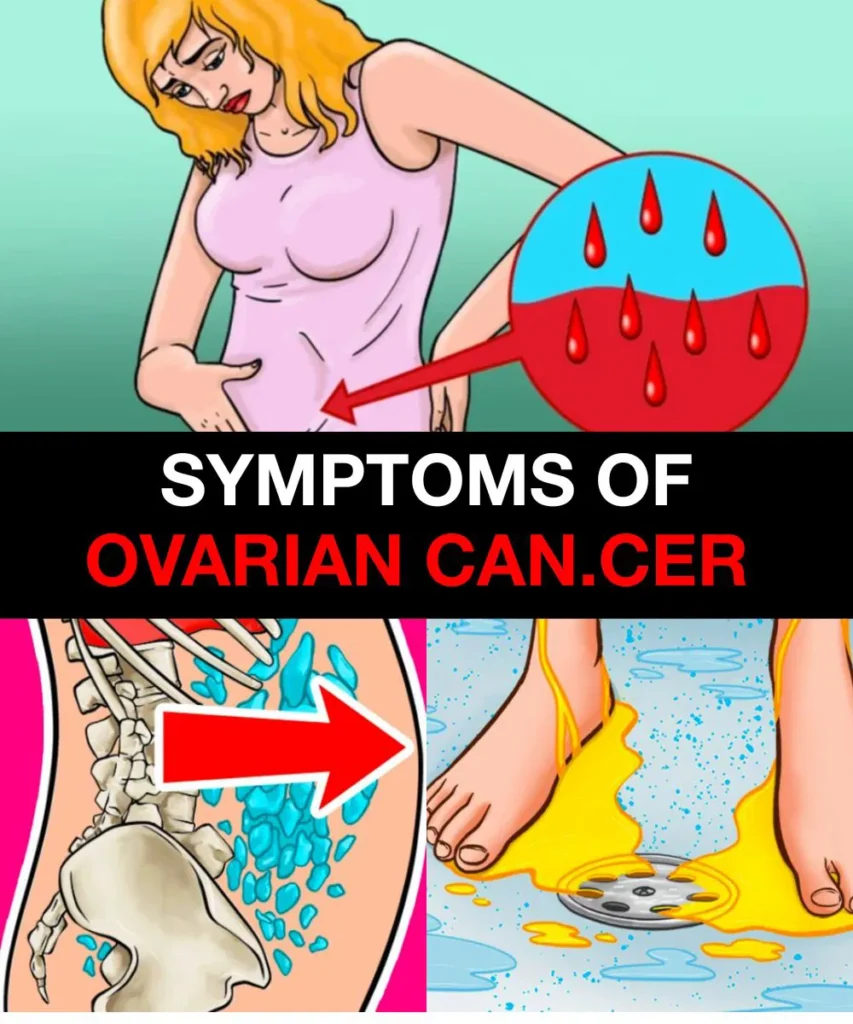
The Link Between Ovarian and Breast Cancer: What Every Woman Should Know
When it comes to women’s health, few topics are more critical — and more misunderstood — than the connection between ovarian cancer and breast cancer. Though these two cancers affect different parts of the body, scientific research has shown a significant link between them, especially in terms of genetics, family history, and hormonal influence. Understanding this link is not just about awareness — it can be a life-saving tool for early detection, prevention, and treatment.
In this article, we break down this complex topic into clear, step-by-step explanations to help every woman understand the connection, assess her own risk, and take proactive steps toward better health.
🔗 Step 1: Understand the Basics of Each Cancer
Breast Cancer
- Originates in breast cells, typically in ducts or lobules.
- Most common cancer in women globally.
- Can be hormone-receptor positive, HER2-positive, or triple-negative.
Ovarian Cancer
- Begins in the ovaries, fallopian tubes, or peritoneum.
- Often called the “silent killer” because early symptoms are vague.
- Includes several subtypes: epithelial, germ cell, and stromal tumors.
🧠 Key Insight: Both cancers can be driven by hormonal factors and genetic mutations, particularly BRCA1 and BRCA2 genes.
🧬 Step 2: Explore the Genetic Connection
BRCA1 and BRCA2 Mutations
- These are tumor suppressor genes. When mutated, they increase the risk of both breast and ovarian cancers.
- Women with a BRCA1 mutation have up to:
- 72% lifetime risk of breast cancer
- 44% lifetime risk of ovarian cancer
- BRCA2 mutations have slightly lower but still significant risk rates.
Other Genetic Factors
- Mutations in genes like PALB2, CHEK2, and RAD51C may also elevate risk.
- Lynch Syndrome (linked to colon cancer) may increase ovarian cancer risk as well.
🧪 Action Step: If you have a family history of either cancer, consider genetic counseling and testing to evaluate your risk.
🧓 Step 3: Understand the Role of Family History
Having first-degree relatives (mother, sister, daughter) with breast or ovarian cancer significantly increases your personal risk.
- A woman whose mother had breast cancer is about two times more likely to develop it.
- A family history of both cancers suggests a hereditary cancer syndrome, like Hereditary Breast and Ovarian Cancer (HBOC).
🧾 Checklist: Track your family’s cancer history, including types, ages at diagnosis, and both maternal and paternal sides.
🧍♀️ Step 4: Recognize Overlapping Risk Factors
While genetics play a key role, lifestyle and hormonal factors can also contribute to both cancers.
Shared Risk Factors Include:
- Early menstruation or late menopause (longer lifetime exposure to estrogen)
- Hormone replacement therapy (especially estrogen-only)
- Obesity
- Alcohol consumption
- Sedentary lifestyle
- Smoking
⚖️ Prevention Tip: Focus on maintaining a healthy weight, limiting alcohol, exercising regularly, and discussing hormone use with your doctor.










